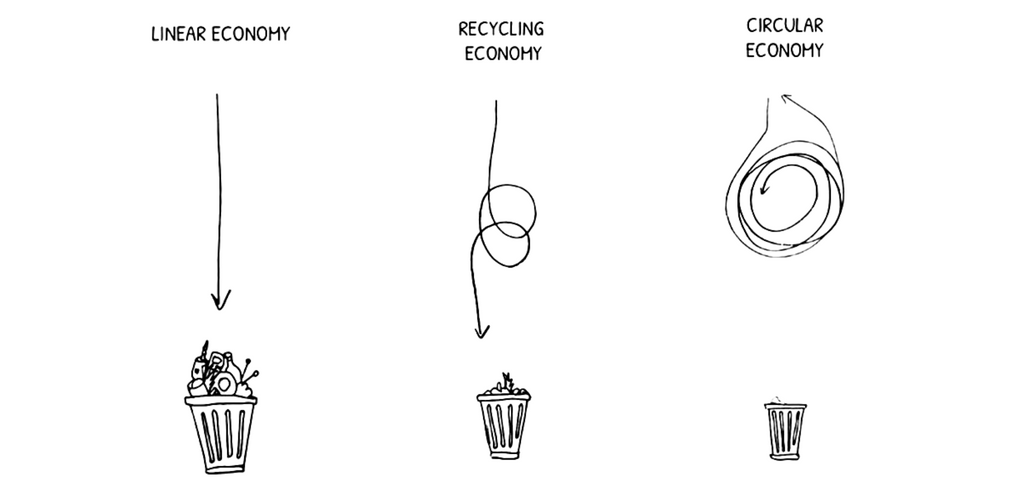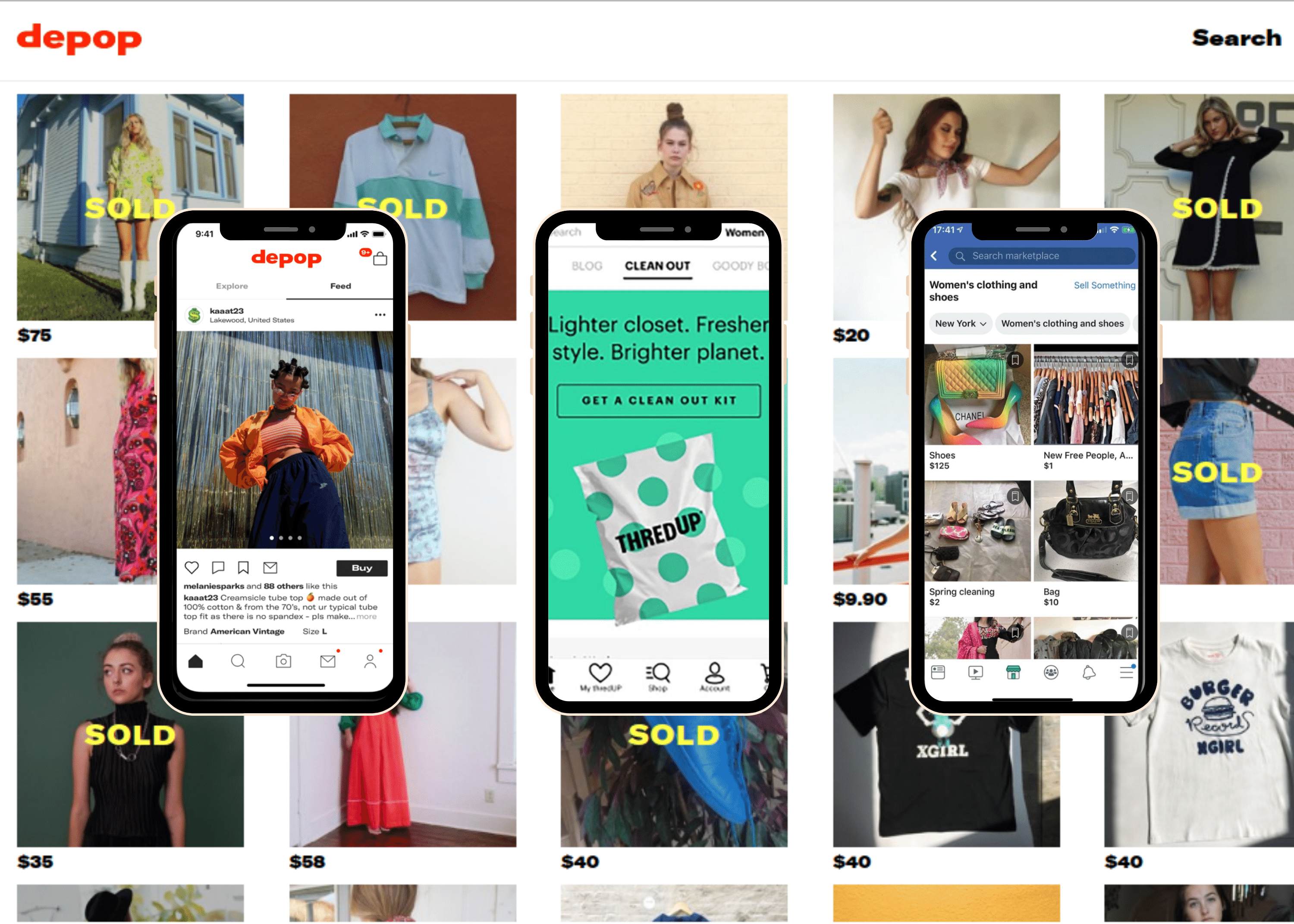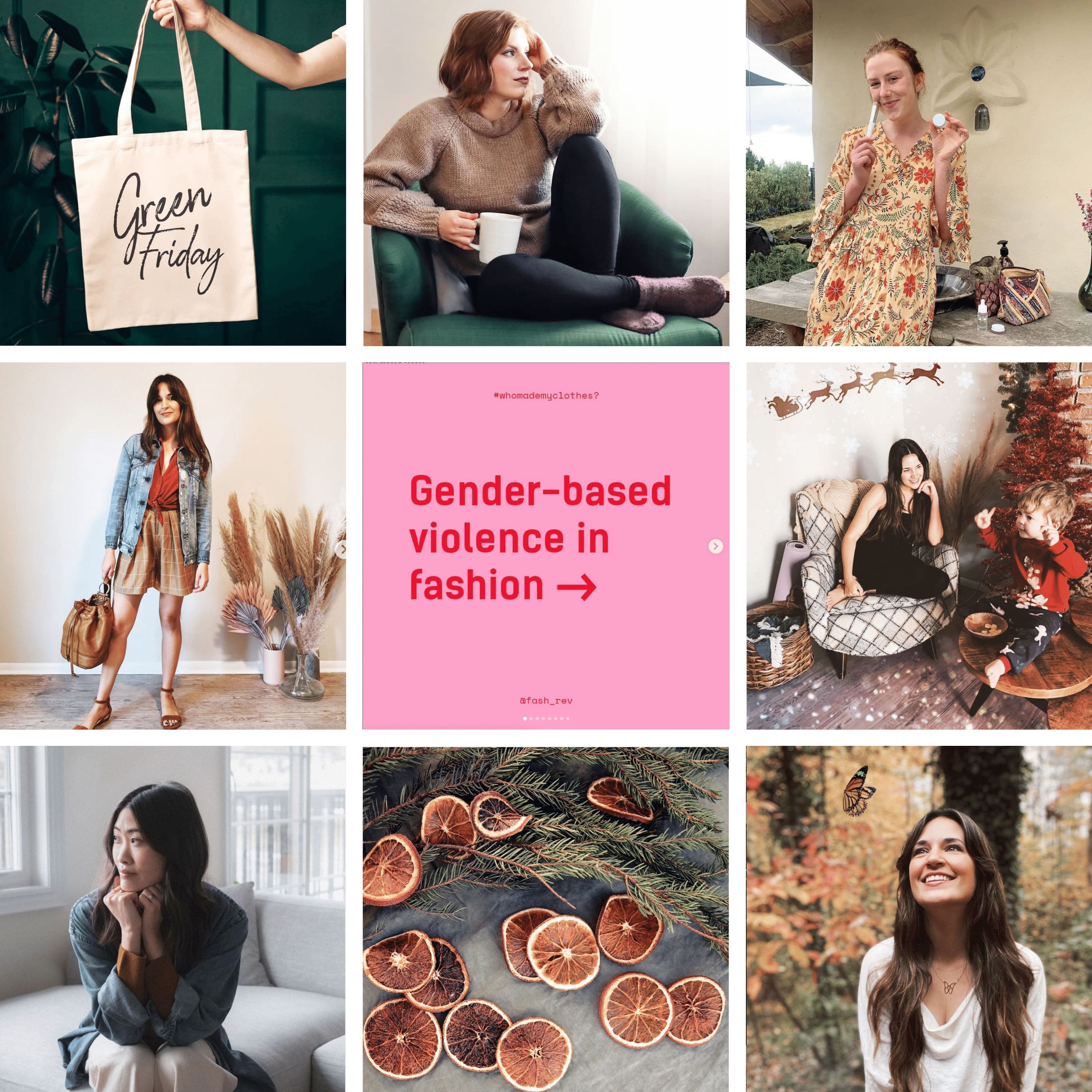The pandemic has been a major wake-up call for all of us, sparking a cultural shift towards sustainability and appreciation for our planet. After months of staying inside, you likely noticed more people than ever strolling leisurely around your neighbourhood and enjoying the outdoors.
When stores closed, businesses began to rely on e-commerce and we suddenly found ourselves with enough time to think about our purchases, supporting the companies that we value most. Global carbon emissions were down 17% after lockdowns in April (compared to the average in 2019), proving to the pessimists that change is possible when we adjust our collective behaviour.
In the corporate environment, we have seen an increased focus on sustainability in the media and in major companies, particularly in the fashion industry. Major brands such as H&M and Burberry have rushed to hop on the sustainability bandwagon, releasing their own conscious clothing lines. But perhaps what we need is not only a change in products themselves, but a fundamental shift in the way we produce and consume clothing. This is where 'The Circular Fashion Model' comes in.
According to Common Objective, “A circular fashion industry is one in which waste and pollution are designed out, products and materials are kept in use for as long as possible, including through reusing and recycling, and where natural systems are regenerated.”
Essentially, circular fashion requires thinking about clothing as a permanent resource, rather than something you throw away after a season or two. The goal is to avoid waste altogether and ensure that your clothes enjoy a second, third and fourth life. Remember how excited you were to get your older sibling or cousin’s hand-me-downs as a child? The goal is to continue this mindset well into adulthood. Will you keep an item forever? Will you pass it on to your kids someday?
Like most large scale problems, transitioning to a circular fashion economy requires partnership and collaboration between producers and consumers.

Within the fashion industry, circular fashion means:
On average, the fashion industry 13% of fabric goes to waste at the cut and sew stage of garment production (stat by Green Story). At TAMGA, we aim to get this number as low as possible. For example, in our Azul collection, we were able to get down to 5.8% wastage at the cut and sew stage, approximately half of the industry average.
Other companies have turned to new technologies such as 3D printing to minimize fabric waste. This way, individual garment patterns are fitted like puzzle pieces to minimize waste, then cut with a laser and sewn together. Danish brand Son of a Tailor recently completed a Kickstarter campaign for their 3D merino wool pullovers for men, garnering 400 orders in the first 24 hours and reaching their fundraising target in less than an hour. The new pullovers are made using a 3D-knitting machine, meaning they are constructed in one whole piece, rather than creating waste at each step of the process. This reduces the amount of cut-off waste from 20% to less than 1%.

2. Removing non-recyclable and polluting materials from the supply chain
The fashion industry uses around 93 billion cubic meters (21 trillion gallons) of water annually, enough to fill 37 million Olympic swimming pools, according to the Ellen MacArthur Foundation. Along with finishing, dyeing is the most polluting and energy-intensive process involved in making our clothes.
During quarantine, you may have treated yourself to a trendy tie-dye sweat suit to match your favourite celeb. But have you ever thought about what will happen in a couple of months when bright flashy colours are no longer in style?
When producing these fabrics, the cheapest way for factories to get rid of unusable, chemical-laden wastewater is to dump it into nearby rivers and lakes.
As you can imagine, these toxic dyes end up killing aquatic plants and animals. Beyond the environmental damage, these chemicals can work their way into the food supply chain, one recent study found that textile dyes were present in vegetables and fruit grown in garment producing areas of Bangladesh, after crops were irrigated with chemical-laden water.
It's no secret that at TAMGA we love colour - but we refuse to include harmful dyes or chemicals in our designs. This is why we joined the Zero Discharge of Hazardous Chemicals (ZDHC) Roadmap to Zero program. The program is essentially a set of safety and environmental standards to follow in the textile industry. TAMGA’s woven fabric mill is proud to have received the ZDHC wastewater verification in 2020.
Our vivid colours come from low-impact dyes that use 70% less water than conventional synthetic dyes. Our bluesign® - approved colours are free of any harmful chemicals and react beautifully to our sustainable and ethically sourced fabrics.
3. Recapturing garments off-cuts for reuse
Repurposing fabric scraps is a simple but effective way to reduce waste.
At TAMGA, we use fabric scraps (off-cuts) to create smaller products like scrunchies and jewelry bags. This way, you get a colorful hair tie and the fabric is spared from landfill (win-win!)
Moving forward, We are planning to use off-cuts to create waistbands, collars and accents on our garments. We are also developing partnerships in Indonesia to make use of even the smallest fabric scraps (think pillow and toy stuffing). Our goal is to get our cutting and sewing process to zero waste.
4. Ensuring use and reuse through repairs and collection programs
Companies like Patagonia and Blundstone offer lifetime repairs to ensure that products will last. Startups such as the Amsterdam based Renewal take discarded apparel and textiles and turn them into renewed products, upcycled materials or recycling feedstock.
While we’re not sure exactly what it will look like just yet, we have plans to incorporate circularity into our business model in the near future.
What can you do to align yourself with the Circular Fashion Model?
1. Shop for quality over quantity
We’ve said it before and we’ll say it again, buying less is the most sustainable way to shop! Investing in a few quality garments each year is much more sustainable (and stylish!) than succumbing to the never-ending cycle of fast fashion.
2. Take care of your clothes (longevity)
The best way to make a garment last is to treat it well. The good news is that when you invest in clothes that you love, treating them well is second nature. You’ll be more apt to follow the washing instructions to a T and mend your favourite items when they need some attention. Pro tip: find a skilled tailor/seamstress who will make your favourite items last forever!
3. Resell your clothes
If you have an item you’ve fallen out of love with, the most sustainable thing to do is pass it on to someone new. One great way to do this is through resale. According to a recent Thredup report, the secondhand apparel market is valued at about €28 billion today and is forecasted to reach €64 billion in the next five years! Luckily, sites like Depop, Kijiji, Poshmark, Thredup and Facebook Marketplace have made it incredibly easy to cash in on the booming resale market, parting with old clothes and making some money doing it!
4. Host a (virtual) clothing swap
Running out of things to talk about on your weekly Zoom calls with your friends? Why not go through your closets and swap! This is a super fun, easy and cost-free way to refresh your wardrobe. Have your friends select their favourite items and mail them out to each other for a fun-filled Friday night activity.
5. Educate yourself on the impact of fashion on the planet & share!
Sustainability in fashion is a hot topic right now, and what better time than quarantine to learn? Here are some resources to get you started:
Read:
“Fashionopolis: The Price of Fast Fashion and the Future of Clothes” By Dana Thomas
“To Die For: Is Fashion Wearing Out the World?” by Lucy Siegle
Follow:
Some amazing slow fashion bloggers and influencers to follow:
- @mygreencloset is a slow fashion and green beauty advocate that will inspire you to live more consciously
- @candicemtay is the queen of minimalist slow fashion
- @ecowarriorprincess has some excellent educational content on sustainability
- @sustainablychic will inspire you to build the sustainable wardrobe of your dreams
- @ethicallykate is a sustainable lifestyle blogger, TEDx speaker, and writer is as brilliant as she is stylish!
- @Fash_rev is an account dedicated to the Fashion revolution Global movement calling for greater transparency in the fashion industry, famous for #WhoMadeMyClothes?
Watch:
- The True Cost is a must-see documentary for your next movie night. This exposé on the fast fashion industry shows all that really goes into a €5 T-shirt.
- River Blue is an award winning film following international river conservationist, Mark Angelo, around the world to infiltrate one of the world’s most pollutive industries: fashion. This groundbreaking documentary examines the destruction of our rivers, its effect on humanity, and the solutions that inspire hope for a sustainable future.






Leave a comment